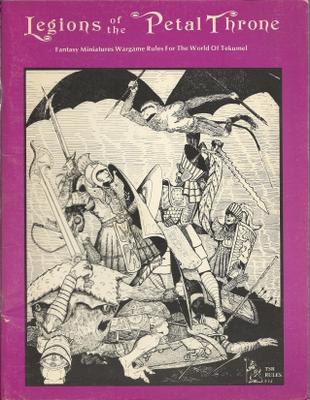

The one I think gets the least love, though, is the damage by level versus enemy hit dice. It's the first recorded instance of the simple critical hit rule of double damage. This is a 1-in-200 chance not exactly devastating. The second damage rule is that a natural 20 (using those words) does double damage, with the possibility of an automatic kill if the character rolls a second d20 and gets a 19 or 20. This is a good alternative to the popular "roll 2d6 and take the higher result," though both are perfectly usable. First, two-handed weapons do 1d6+1, and two-handed swords specifically do 1d6+2.

Less discussed is EPT's damage, which until recently I hadn't looked deeply into. Simple and a fairly popular choice in OD&D. Re-roll, and your HP total can't go down.

This makes sense of the OD&D progressions, which have bonuses that appear and disappear over a PC's career. Probably the best known of EPT's rule changes is the idea that players re-roll hit dice each time they gain a level. EPT was such an early variant, and deeply tied up in the Wisconsin and Minneapolis scenes and early TSR, and as such the ways its rules expand upon OD&D are interesting even for campaigns not set on Tékumel. Barker's Empire of the Petal Throne specifically for what rules content it contributes to the original Dungeons & Dragons game.


 0 kommentar(er)
0 kommentar(er)
